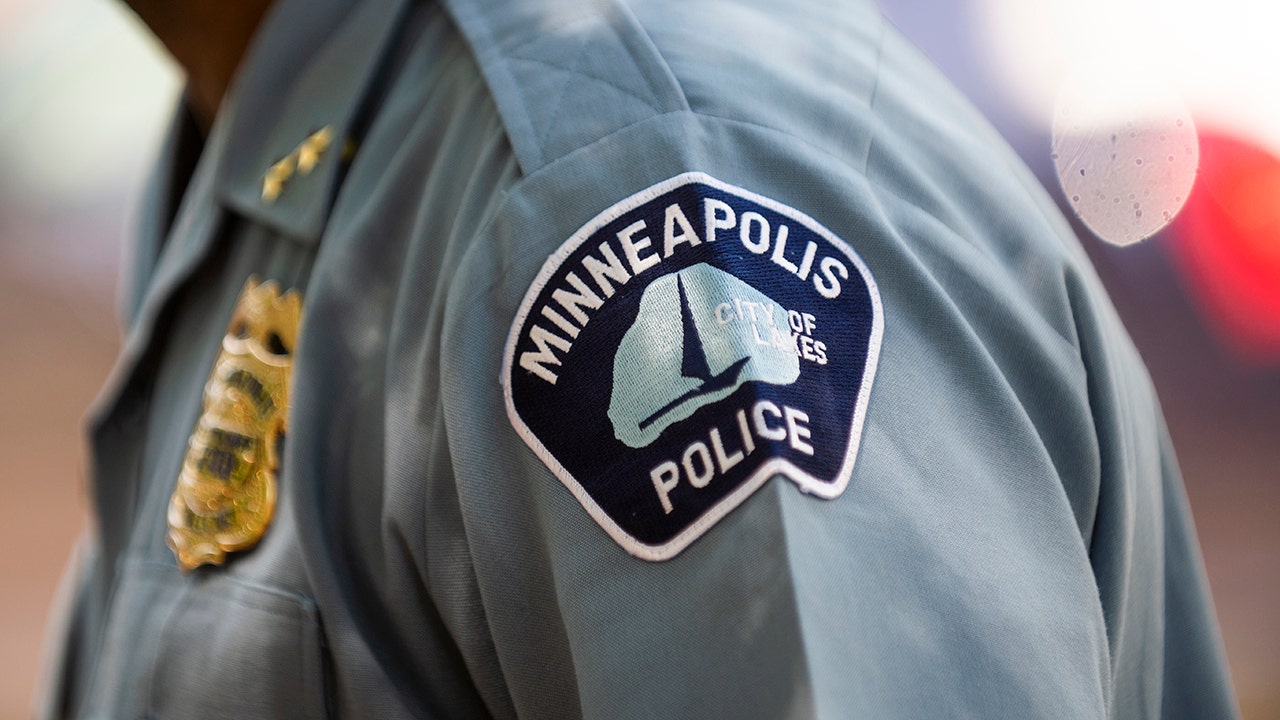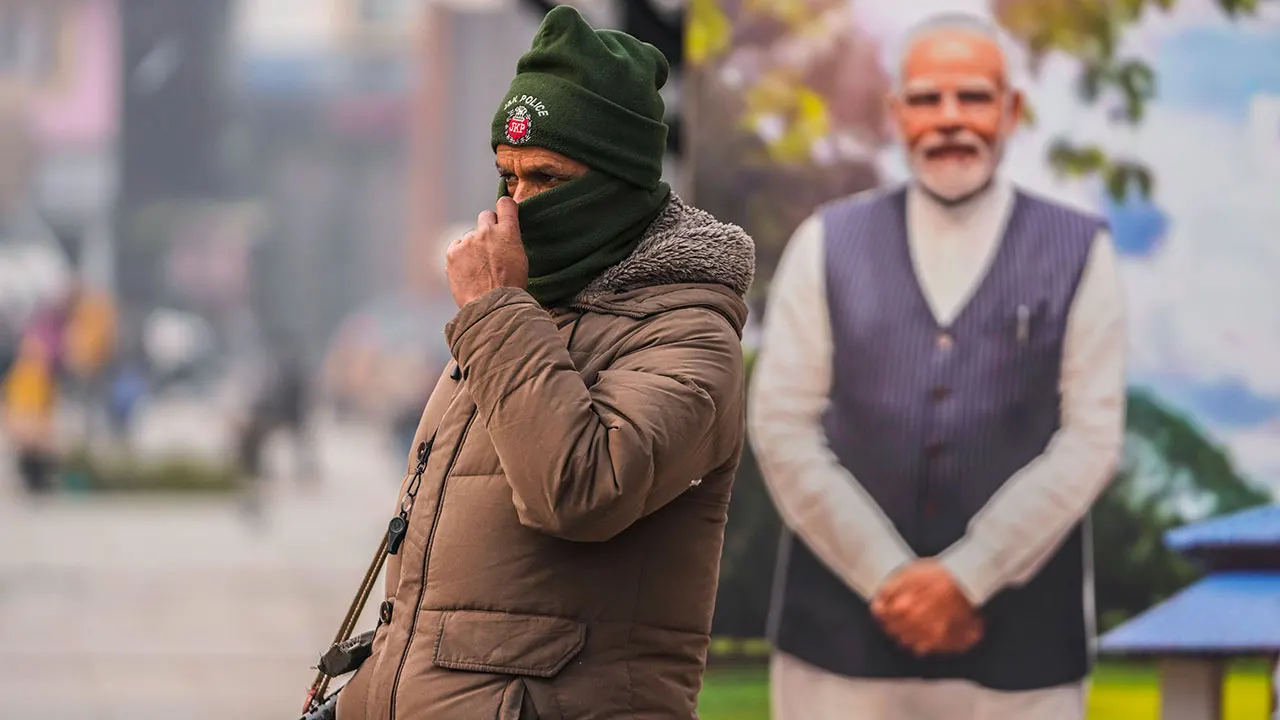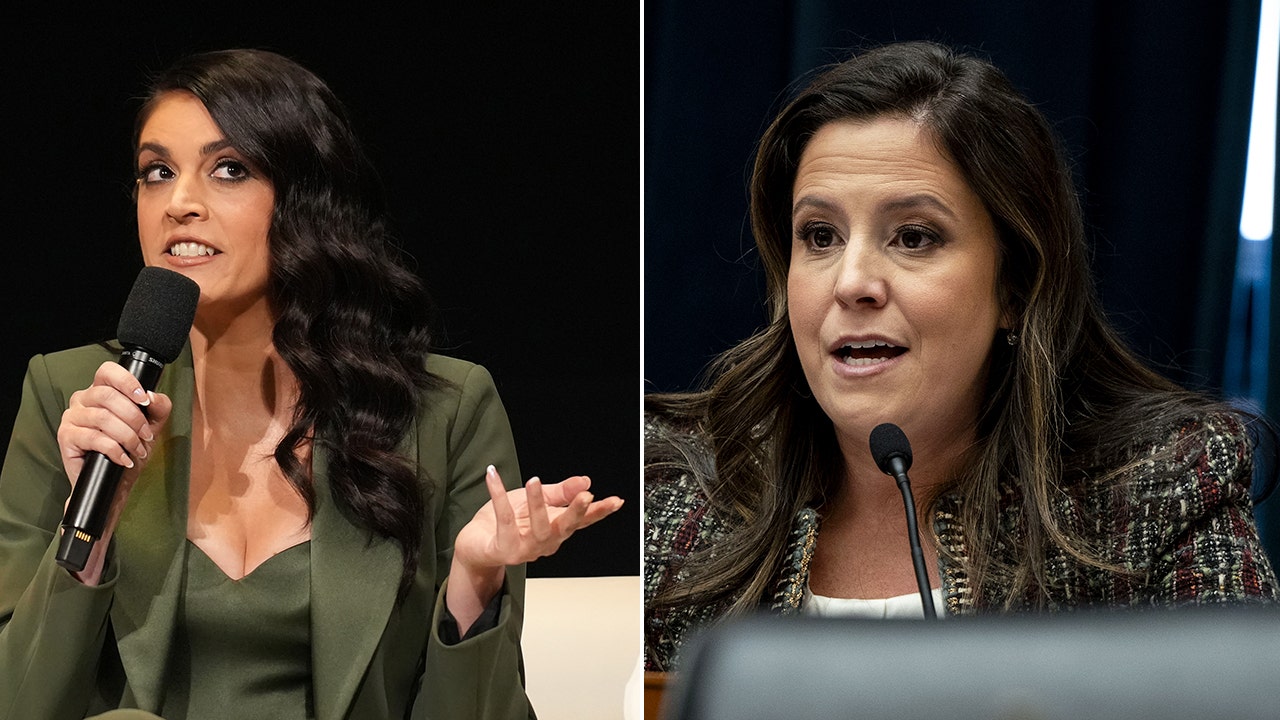The conclave to elect the next pope will start on May 7, the Vatican said on Monday, setting up a vote that will decide the future of the Roman Catholic Church after the death of Pope Francis last week at the age of 88.
Now cardinals have little over a week to discuss, campaign, and get to know all the potential contenders — some of whom will likely seek to build on Francis’ emphasis on a pastoral approach, while others would represent a return to a more traditional style.
Scores of cardinals have been gathering since the pope’s death to decide on logistical details about the pope’s mourning, but also to discuss major issues facing the church and to pick a date when cardinal-electors will meet in the Sistine Chapel to vote for Francis’ successor.
The cardinals will next meet on Tuesday morning, and the politicking is only set to intensify now that a date has been chosen to elect the next pontiff.
That was apparent on Monday, when the cardinals discussed the church’s relationship with the rest of the world and other religions, evangelization, sexual abuse in the church, and other challenges, as well as the date for the conclave. The meeting, a spokesman for Vatican added, tackled the qualities the new pope must respond to these issues. Aside from the candidates’ positions, their age and country of origin will also factor in the deliberations, Vatican experts said.
Only about 100 of the 130 or so cardinals — those under the age of 80 — and who can vote in the secret ballot participated in the meetings, the Vatican said. Others are set to arrive in Rome in the coming days.
A two-thirds majority is needed to elect a new pope, and cardinals are not allowed to leave the conclave until a successor is named, except in rare cases.
Generally, a conclave must begin 15 to 20 days after the pope’s death; this one will start 16 days after Francis died. In 2013, Francis was elected in two days.
May 7 was chosen in part because it would allow enough time for preparations, Matteo Bruni, the Vatican’s spokesman, said during a news conference. Making arrangements for the gathering in the Sistine Chapel, which includes installing the burners in which the ballots will be burned after each round of voting, will now begin, Mr. Bruni added.
During the conclave, onlookers outside watch a chimney atop the Sistine Chapel to learn if a new pope has been elected. If a consensus has not been reached after a vote, black smoke is emitted. When a pope has been chosen, the smoke is white.
On May 7, the day will start with a Mass in St. Peter’s Basilica, after which cardinals will enter the Sistine Chapel to vote.
The word “conclave” — from the Latin “with key” — refers to the isolation imposed on them, which is meant to keep the electoral process from dragging on.
Most of the cardinals will stay in Casa Santa Marta, which was built on Pope John Paul II’s orders to replace the improvised rooming arrangements in the papal palace that had previously housed them. But since Francis named many more cardinals than his two predecessors, some have questioned whether there will be enough room for everyone.
Mr. Bruni did not seem worried. “No one will be left on the street,” he said.














